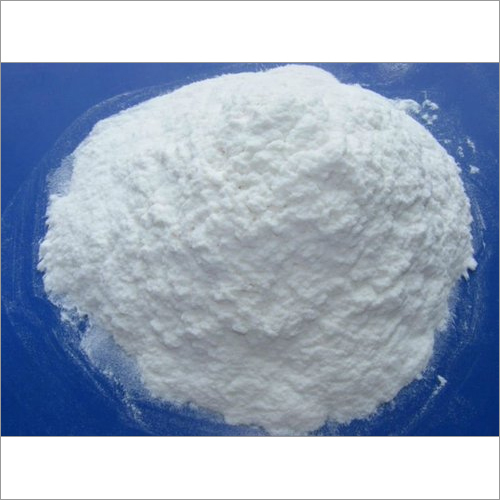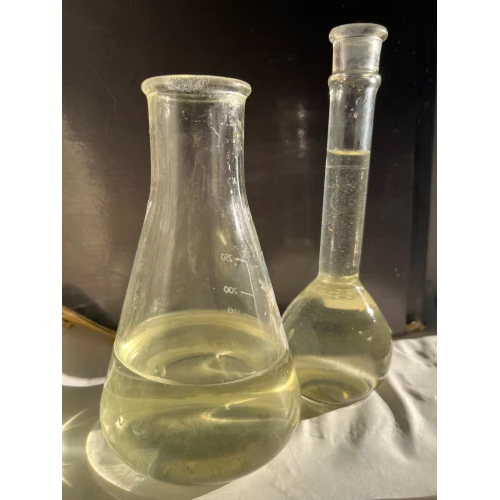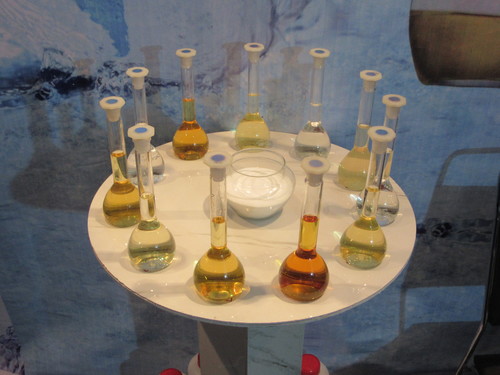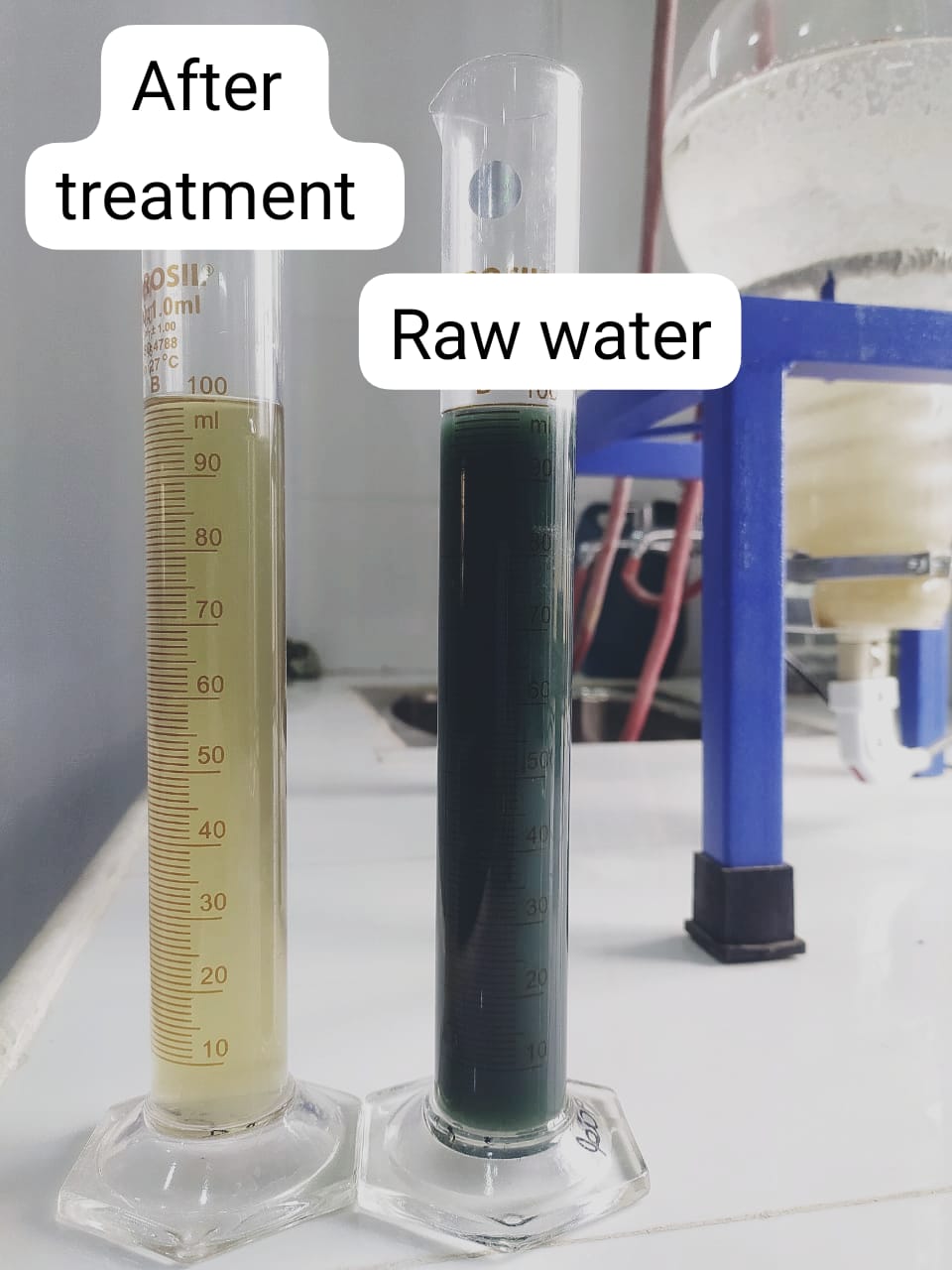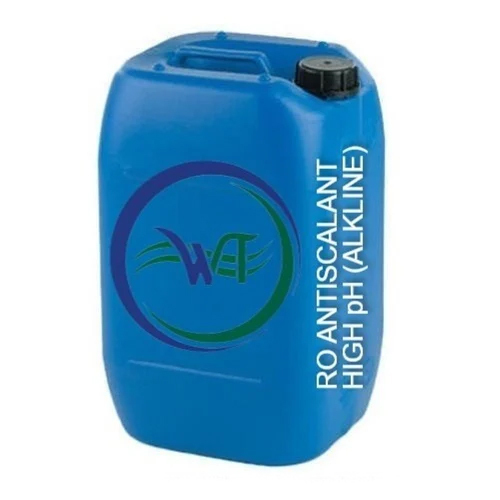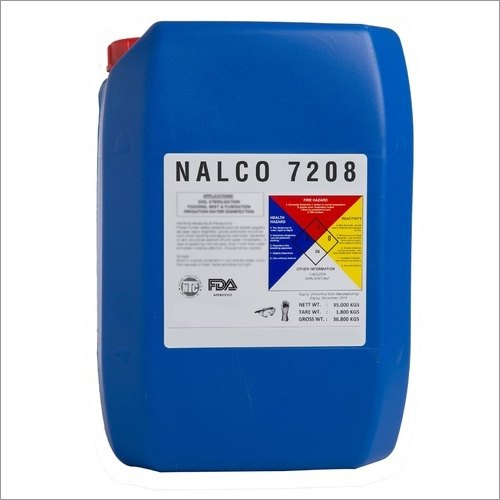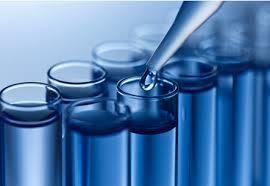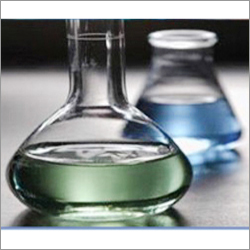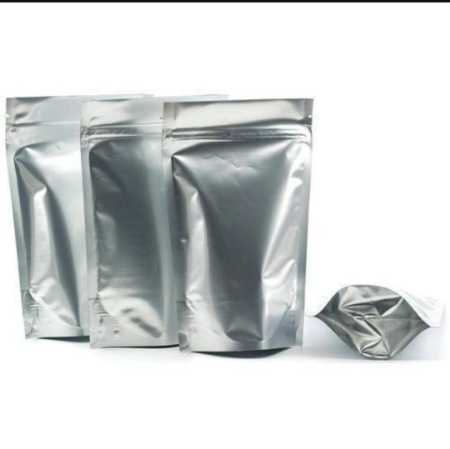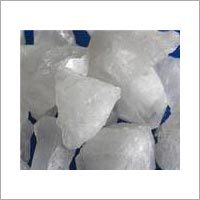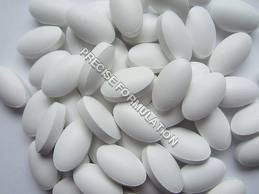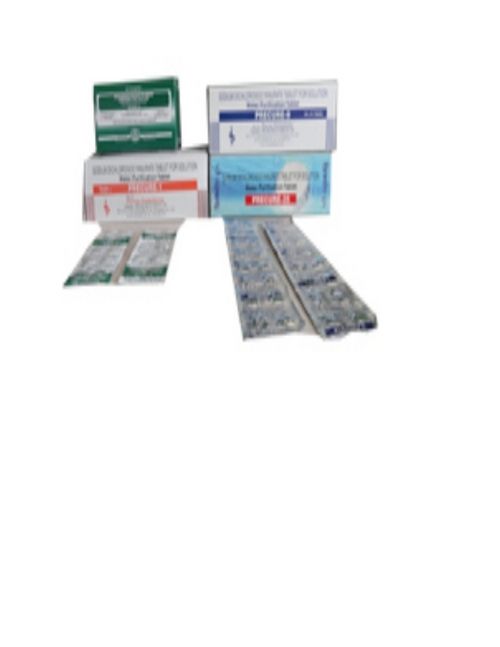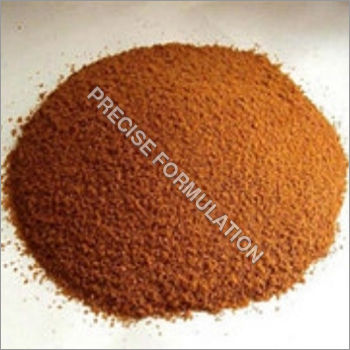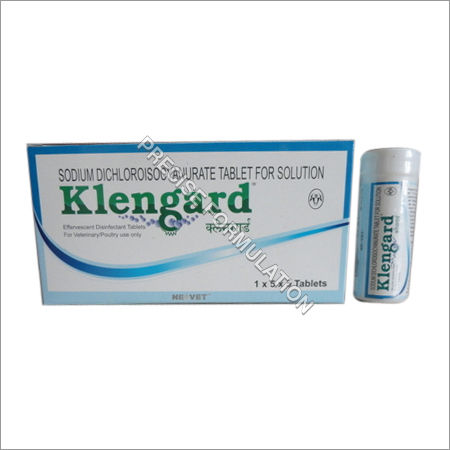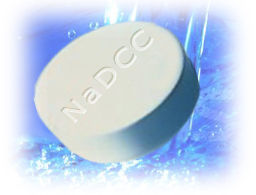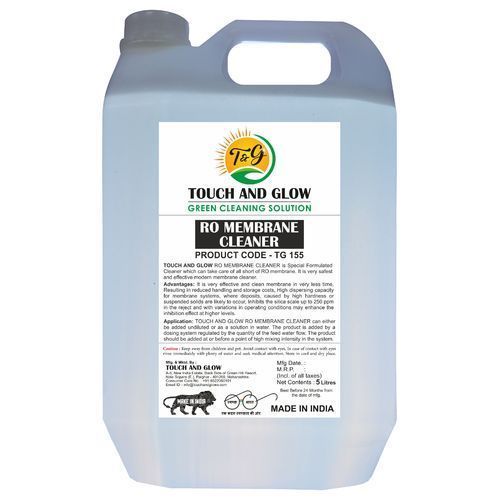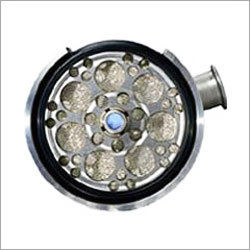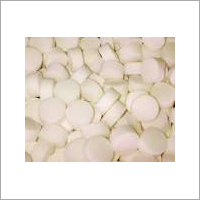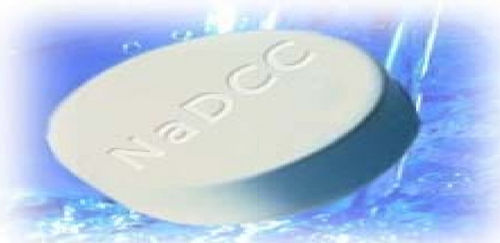
Black Nadc Tablet For For Hospital Bio Waste
Price:
Get Latest Price
In Stock
Product Specifications
| Material | NaDCC |
| Shape | Tablet |
| Color | White |
| Dissolution | Fast |
| Shelf Life | 2+ years |
| Features | Stable, Accurate, Convenient, Economic, Safe, Effective |
Product Overview
Key Features
This is because chlorine (of which blench is just one of a number of donors) is regarded by many, including the Health Service and the Government, as the most effective disinfectant in the fight against disease. That is why it is recommended by the worlds major authorities like WHO, etc for use against HIV (AIDS) and Hepatitis B viruses and thats why almost all of the worlds piped water supplies are treated with chlorine.
Liquid bleach has a number of Inherent disadvantages.
How does one provide a suitable chlorine donor? The answer is:
Bactafree - 1000 Effervescent Chlorine Tablets.
These small, white tablets are based on a dry chlorine donor, sodium dichloroisocyanurate (NaDCC) which is blended with effervescent components before being compressed into tablet form. The result is a fast-dissolving, highly convenient, safer and more accurate alternative to liquid bleach.NaDCC is well established in the cleaning industry for both janitorial and hospital applications.
The Major advantages of Bactafree - 1000 Chlorine Tablets are:-
Bactafree - 1000 FOR Hospital/ Bio-Waste
DILUTION INSTRUCTIONS
| Disinfection of | Required Concentration of available Chlorine | Dilution Rates | |
| 01. | Blood Spills | 10000 ppm | 1 Tablet in 200 ml. of Water |
| 02. | Infected linen/Soiled linen | 140 ppm | 1 Tablet in 15 Liters of Water |
| 03. | Work Surfaces, Cupboards | 140 ppm | 1 Tablet in 15 Liters of Water |
| 04. | Utensils, Porcelain, Glassware, Rubber and Plastic tubing | 140 ppm | 1 Tablet in 15 Liters of Water |
| 05. | General clinical use | 1000 ppm | 1 Tablet in 2 Liters of Water |
| 06. | Dishcloths, Mops, etc | 60 ppm | 1 Tablet in 35 Liters of Water |
| 07. | Pipette Jars | 2500 ppm | 1 Tablet in 800 ml. of Water |
Company Details
Focusing on a customer-centric approach, Precise Formulation has a pan-India presence and caters to a huge consumer base throughout the country. Buy Water Treatment Chemicals in bulk from Precise Formulation at Trade India quality-assured products.
Business Type
Exporter, Manufacturer, Supplier
Employee Count
55
Establishment
1993
Working Days
Monday To Sunday
Certification
NaDCC based products
Related Products
More Product From This seller
Seller Details
Ahmedabad, Gujarat
Director
Mr. Dipal Patel
Address
31, Padmavati, 3rd Floor, 34, Damubhai Shukla Colony, Anjali Cross Road, Paldi-Vasna, Ahmedabad, Gujarat, 380007, India
Water Treatment Chemicals in Ahmedabad
Report incorrect details

